The haunting melodies and raw emotional power of blues music have echoed across generations, tracing a journey from the cotton fields of the American South to concert halls worldwide. This distinctly American art form emerged from the crucible of slavery and racial oppression, yet transformed into a universal language of human experience that would ultimately reshape global popular music.
The Roots in Slavery and Field Hollers
Before there were guitars or harmonicas, there were voices - voices raised in the fields by enslaved Africans whose work songs contained the DNA of what would become blues. These "field hollers" served multiple purposes: maintaining rhythm during grueling labor, covert communication between plantations, and preserving musical traditions from their homelands. The call-and-response patterns and microtonal pitches of West African music blended with the hymns and folk songs of the American South, creating something entirely new.
After emancipation, these musical expressions evolved into more structured forms. Former slaves moving to work on railroad gangs and levee camps developed work songs with stronger rhythmic foundations. The guitar gradually replaced the banjo as the primary instrument, adapted to mimic the sliding pitches of vocal blues. By the 1890s, early blues could be heard in juke joints and at Saturday night dances throughout the Mississippi Delta.
The Delta Blues Pioneers
The first blues recordings in the 1920s introduced America to what had been largely regional Black music. Charley Patton, considered by many as the "Father of the Delta Blues," brought an unprecedented intensity to his performances. His student, the legendary Robert Johnson, would become the most mythologized bluesman of all time after allegedly selling his soul at the crossroads for musical mastery. These musicians developed the classic blues structure - the 12-bar form with its characteristic chord progression that remains fundamental to the genre.
What made Delta blues so revolutionary was its emotional directness. Unlike the polished sounds of jazz or ragtime popular in northern cities, Delta blues was raw and unfiltered, filled with lyrical metaphors about hardship, love, and the supernatural. The slide guitar technique, using a knife blade or bottleneck on the strings, created crying sounds that mirrored human voices. This music wasn't designed for polite society - it was the sound of sharecroppers and laborers expressing their reality.
The Great Migration and Urban Blues
As millions of African Americans moved north during the Great Migration, blues music transformed to reflect urban experiences. Chicago became the new capital of blues, where musicians like Muddy Waters plugged in their guitars and created the electrified Chicago blues sound. The small combos of harmonica, piano, bass, drums and amplified guitar produced a grittier, more aggressive style perfectly suited to crowded South Side clubs.
Record labels like Chess Records captured this new urban blues sound, which spoke to the experiences of Black Southerners adjusting to industrial city life. Artists like Howlin' Wolf and Willie Dixon wrote songs about factory work, urban relationships, and the challenges of northern living. The blues became both entertainment and cultural glue for displaced Southern communities in northern cities.
Breaking Racial Barriers
In the 1950s and 1960s, blues began crossing racial lines in America. White teenagers discovered blues records and became fascinated by this authentic, emotionally powerful music. British musicians like Eric Clapton and the Rolling Stones became evangelists for American blues, often introducing white American audiences to their own musical heritage. The blues revival movement brought aging bluesmen like Son House and Mississippi John Hurt out of obscurity to perform at folk festivals and college campuses.
This cultural exchange wasn't without controversy. Many Black blues artists saw white musicians achieving greater commercial success with blues-derived music while they struggled to make ends meet. Yet the cross-pollination continued, with blues influencing the development of rock and roll. Elvis Presley, often called the "King of Rock and Roll," openly credited blues artists like Arthur Crudup as his primary inspiration.
The Global Blues Phenomenon
Today, blues music enjoys a global following that would astonish its early practitioners. From Tokyo to Paris to São Paulo, blues societies and festivals celebrate this American art form. International artists have not only mastered traditional blues styles but blended them with their own musical traditions. Japanese guitarist Shun Kikuta brings subtle Asian influences to Chicago blues, while Malian musicians like Ali Farka Touré demonstrated the African roots of blues through their desert blues style.
The blues aesthetic - its scales, its lyrical themes, its emotional authenticity - has become embedded in virtually all popular music genres worldwide. Hip-hop artists sample classic blues tracks, metal guitarists study blues phrasing, and pop singers employ blues vocal techniques. The DNA of Robert Johnson can be heard in artists as diverse as Jack White, Gary Clark Jr., and even Adele.
More Than Music - A Living Tradition
What began as a survival mechanism for enslaved people has become one of America's greatest cultural exports. The United Nations recognized blues music's significance by declaring 2003 the "Year of the Blues," and the genre continues to receive scholarly attention as both musical tradition and historical document. Contemporary artists keep the tradition alive while pushing it forward, proving that blues remains a living, evolving art form rather than a museum piece.
The story of blues music mirrors the African American experience - born in oppression, tempered by struggle, yet ultimately triumphant in its influence. From the plantation to the world stage, blues has given voice to human emotions that transcend race, nationality or era. Its legacy lives on whenever a guitarist bends a note to make it "cry," or when a singer pours raw emotion into lyrics about life's hardships. The blues, in the end, isn't just music - it's truth set to rhythm.

By /Aug 8, 2025
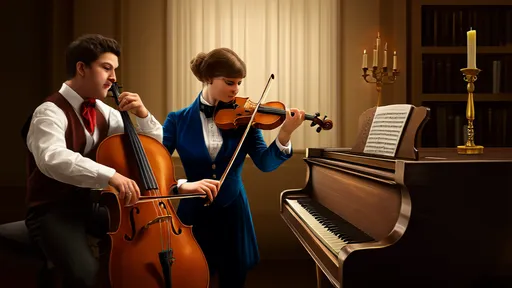
By /Aug 8, 2025

By /Aug 8, 2025
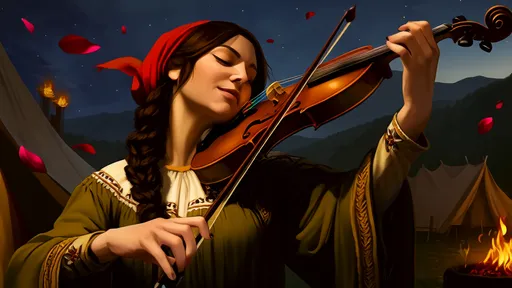
By /Aug 8, 2025
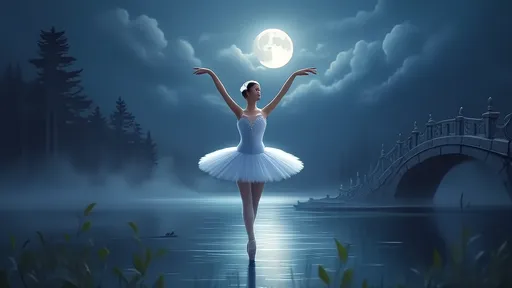
By /Aug 8, 2025

By /Aug 8, 2025
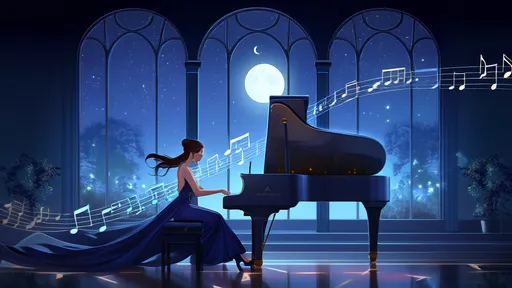
By /Aug 8, 2025

By /Aug 8, 2025

By /Aug 8, 2025

By /Aug 8, 2025
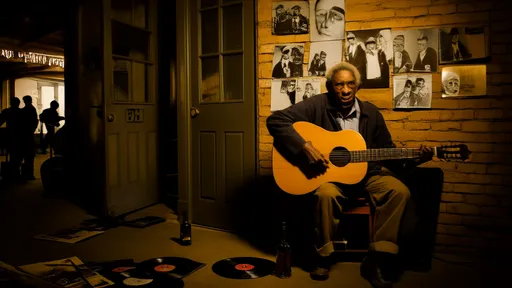
By /Aug 7, 2025
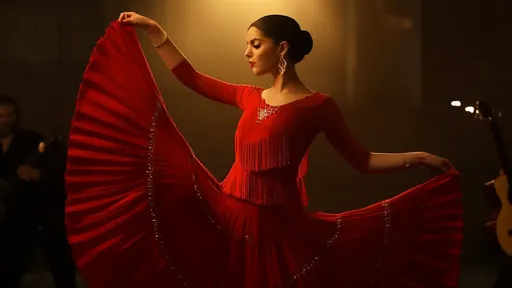
By /Aug 7, 2025

By /Aug 7, 2025
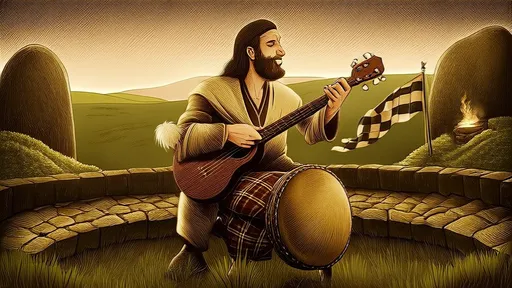
By /Aug 7, 2025

By /Aug 7, 2025

By /Aug 7, 2025
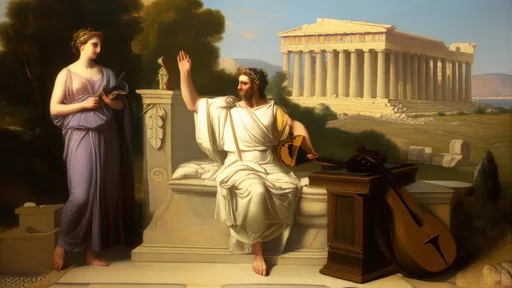
By /Aug 7, 2025

By /Aug 7, 2025

By /Aug 7, 2025
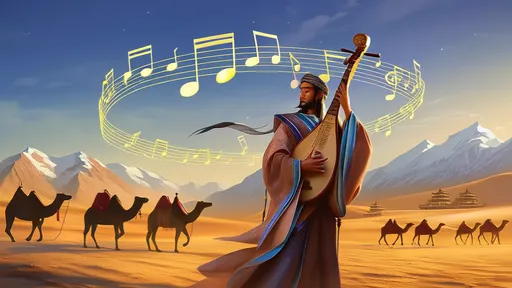
By /Aug 7, 2025